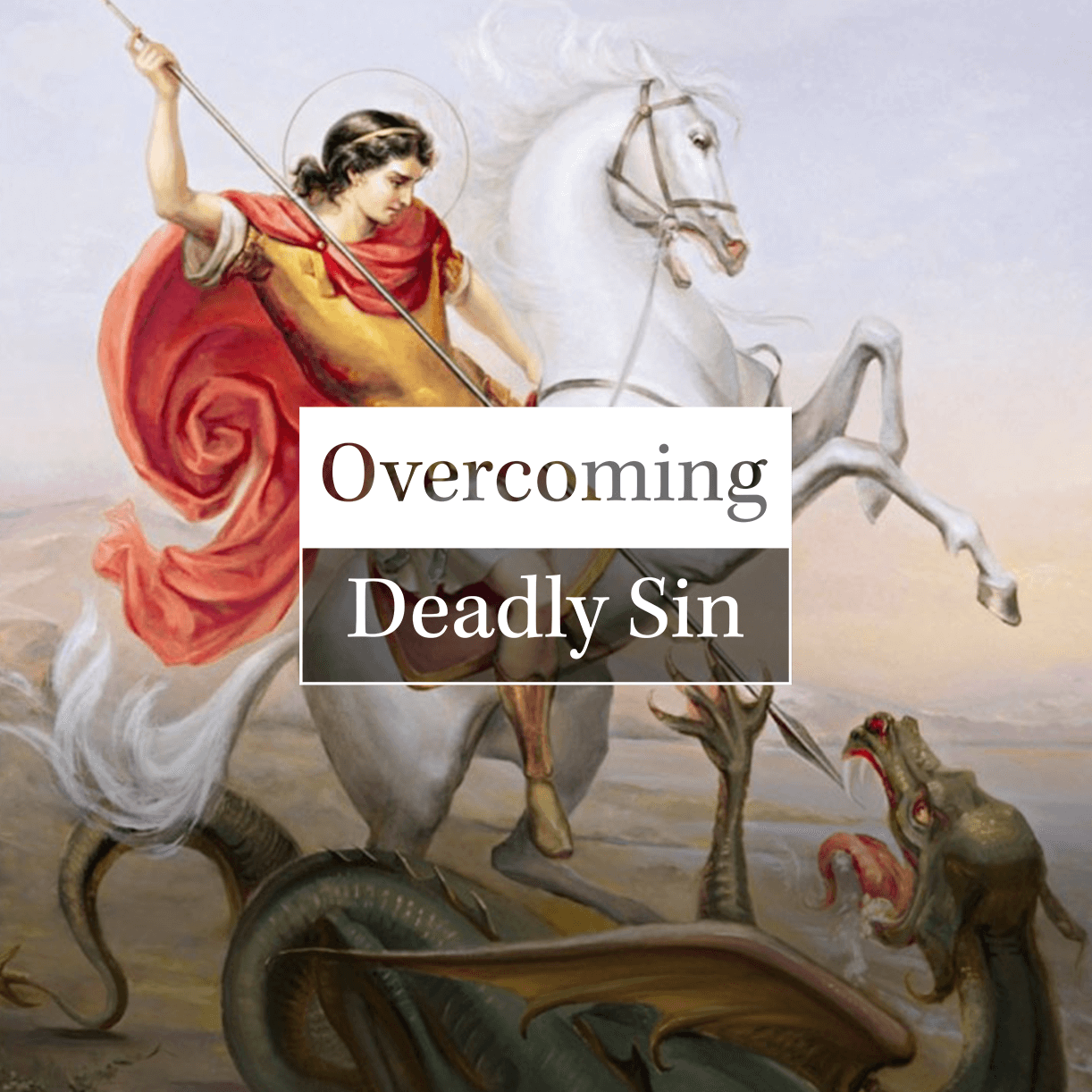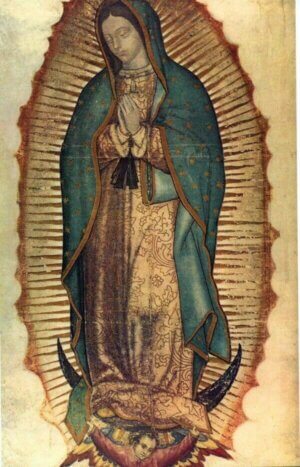The sacrament of confirmation has a lot of Biblical basis, especially in the book of Acts.
On Pentecost Sunday in Acts 2, Jesus’s apostles and disciples were filled with the Holy Spirit. Jesus’ followers then shared the Holy Spirit by laying their hands on others. Later in Acts 8, when the Apostle Philip would hear of people’s conversions and baptisms in Samaria, Peter and John would lay their hands on these new converts to receive the Holy Spirit. Acts 8:14-17 explains how these newly baptized Christians had not yet received the Holy Spirit, which is why Peter and John would then lay hands on those who had been baptized. Thus, the act of receiving the Holy Spirit through laying of hands (i.e., confirmation) is a separate sacrament from baptism.
While baptism and confirmation are two distinct sacraments, they can be celebrated together, just as when St. Paul baptizes a group and then lays his hands on them in Acts 19:5-6. We also see these two sacraments performed in sequence when we attend an Easter Vigil Mass, as RCIA participants receive their Baptism and then their Confirmation.
Catholic practices and customs are based on Scripture and the rich traditions of our Church. The sacrament of confirmation pours the Holy Spirit into practicing Catholics and gives them the graces to live out their faith as they enter adulthood.
For more information about the Biblical roots of the seven Sacraments, check out Monsignor Charles Pope’s Catholic And Curious: Your Questions Answered here.













